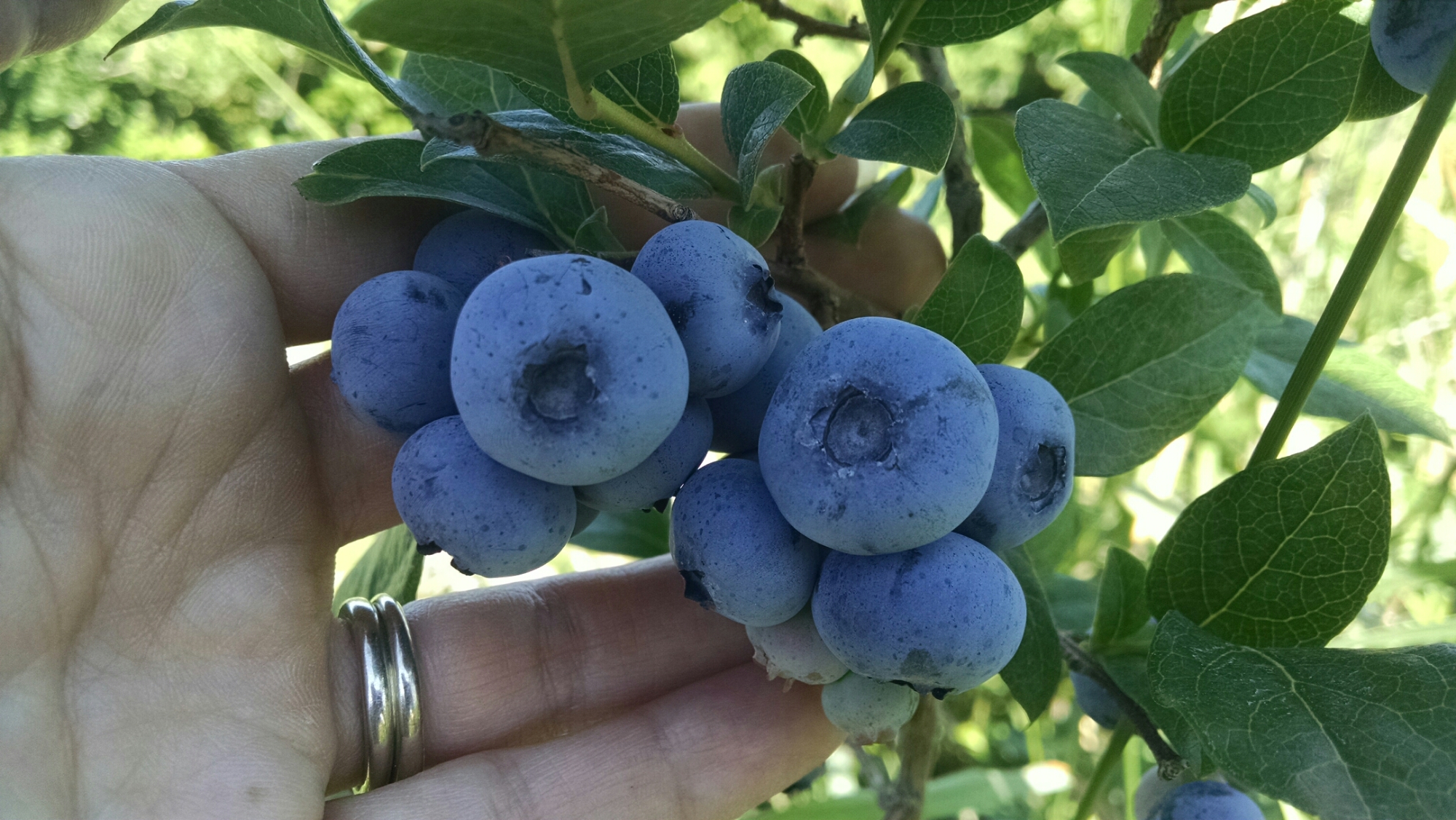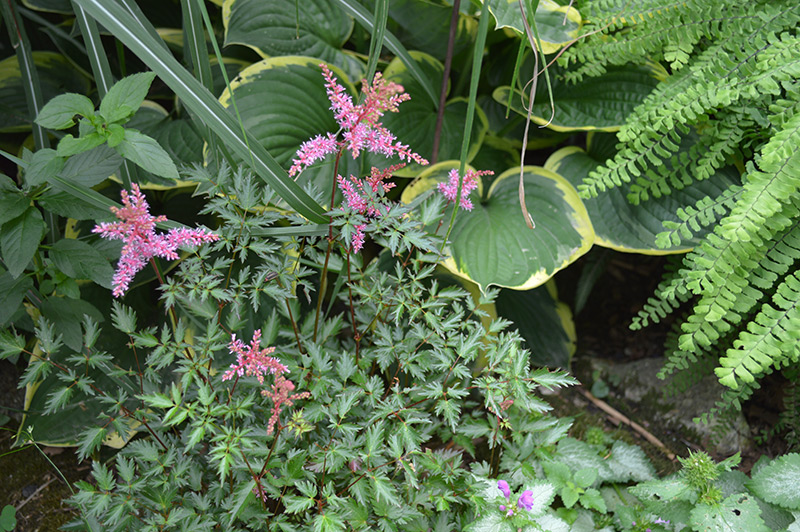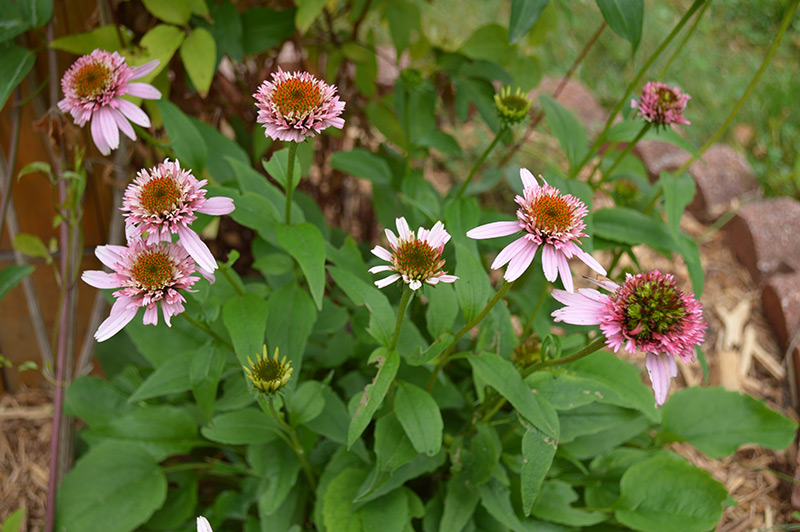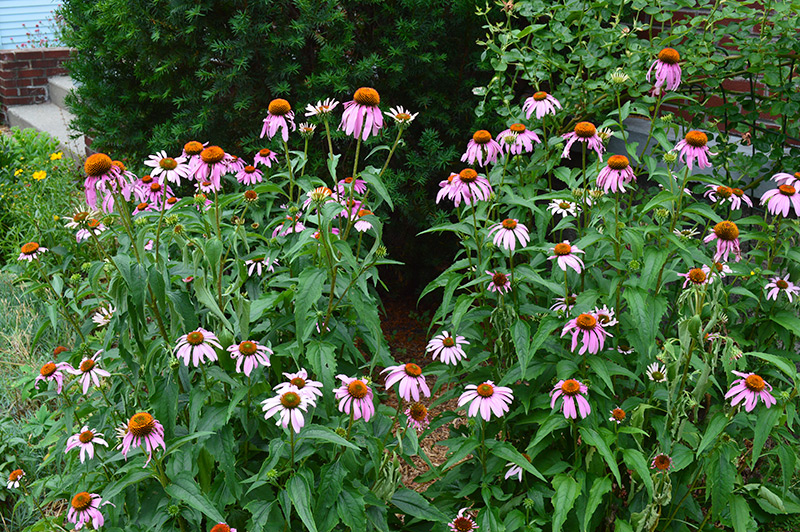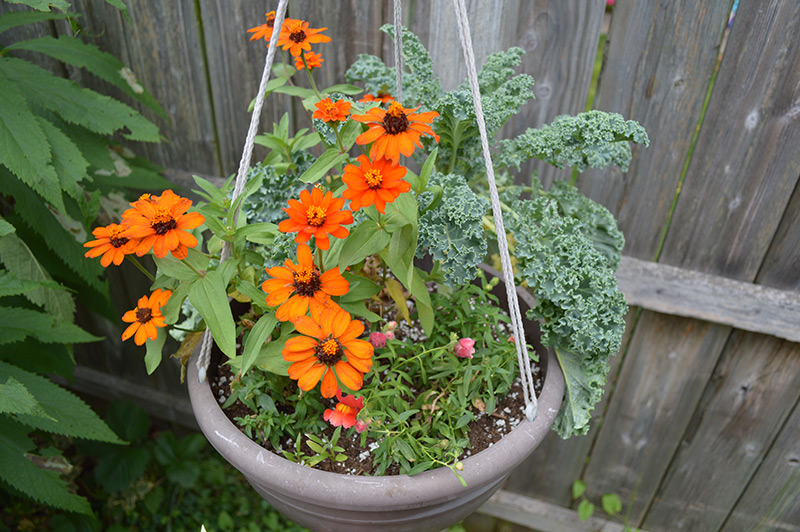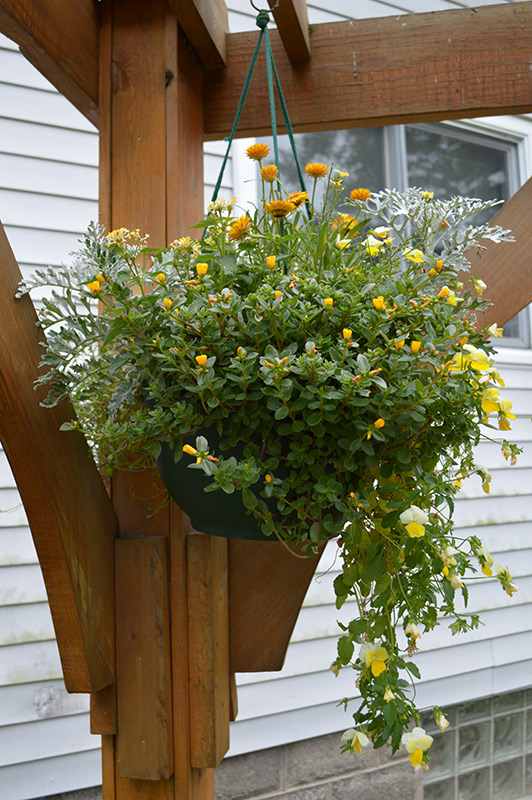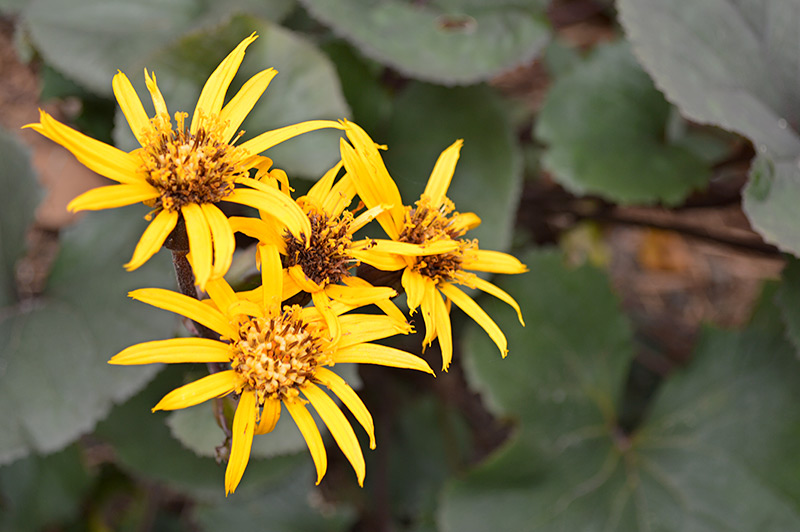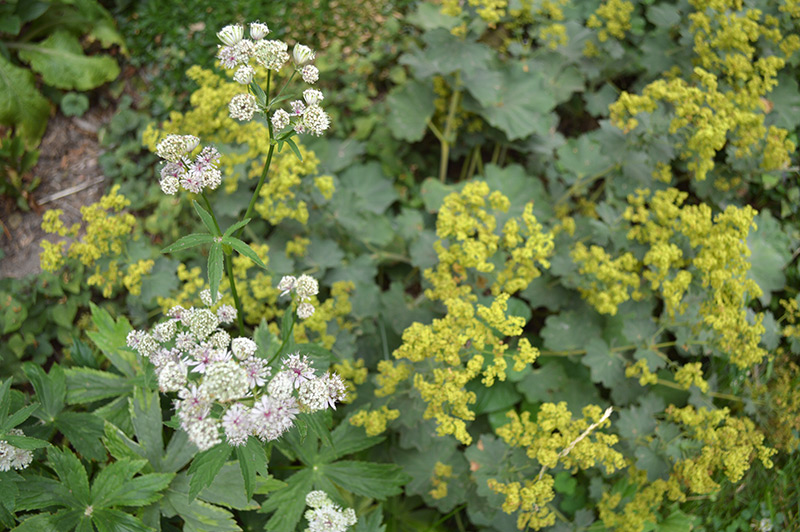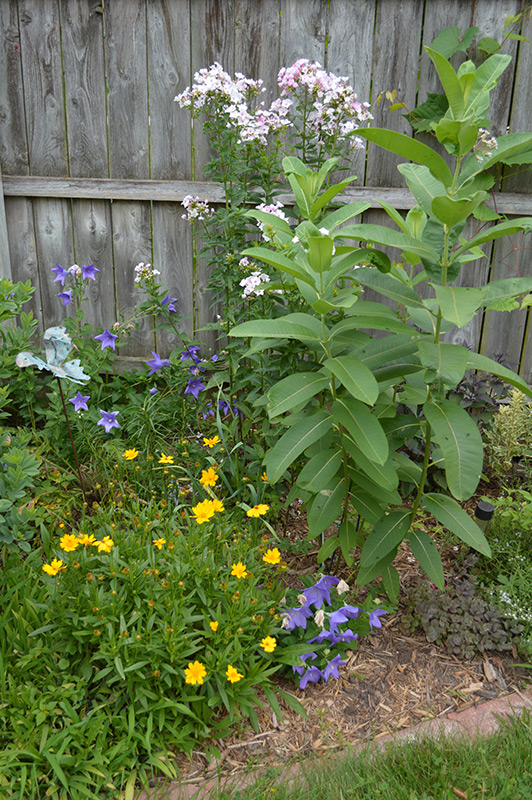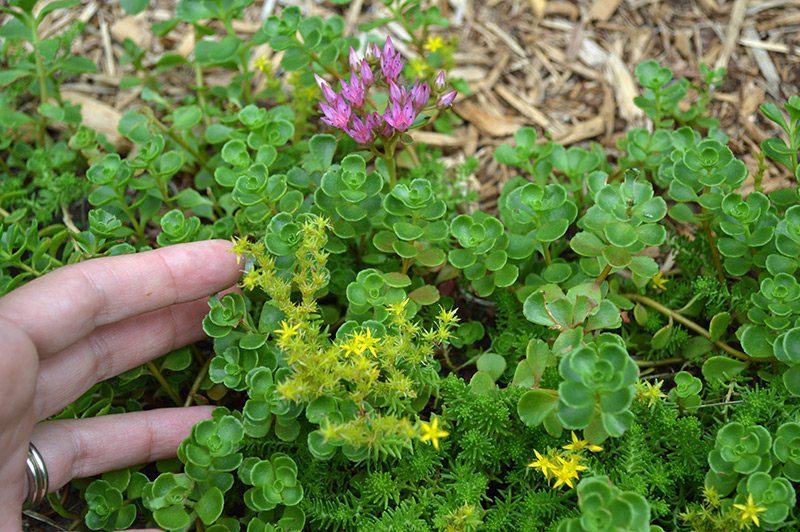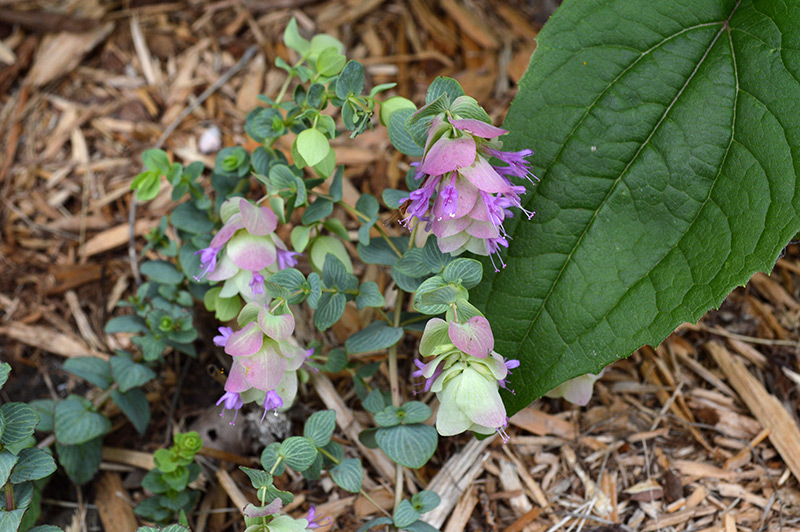Mrs. A, the friend I visited last Spring in Louisville, migrated back to her native state and is now closer by and in the same growing zone as I. She and her family purchased a modest little farmhouse in a rural area of the state. With the house came a beautiful parcel of land including a veggie lot, small apple orchard, herb garden, mature trees, and established perennial plantings.
Every now and then she’ll ping me with a question about gardening as she is a newcomer to the hobby. She’s been soaking up knowledge like a sponge and I’ve been having a great time chatting with her about all things green and growing. The following was a photo she sent to me from leaves she noticed on a mature tree near the garage. She asked if this was a disease and something they should treat.
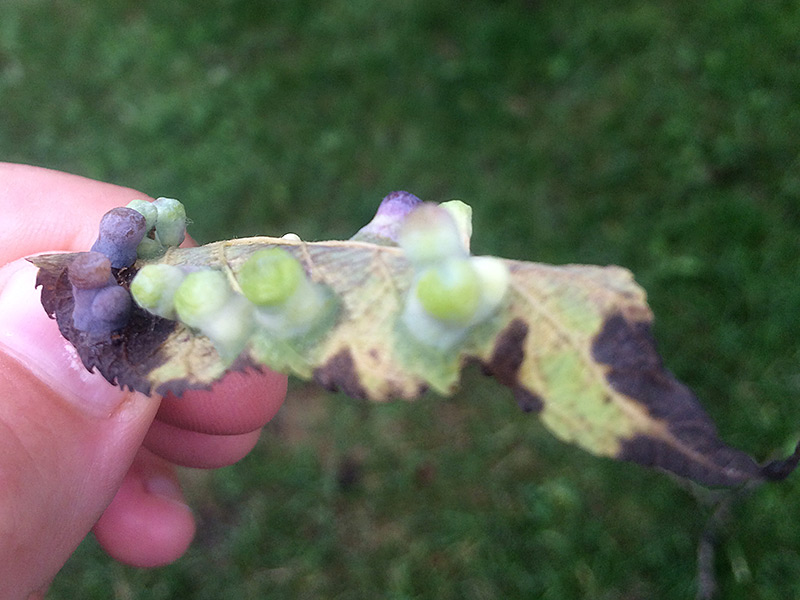
Weird, right?! It’s one of those things you poke at with fascination and a touch of “this creeps me out.” There were cylinder-like growths protruding from the underside of the leaves.
ID the Victim
The first thing to do was ID the tree. Many universities have great tree ID keys on their websites. After using the bark, leaves, shape of the tree, and the growing Zone where we are located, we identified the tree as a hackberry (Celtis occidentalis). The hackberry is a hardy shade tree growing up to 60 feet tall. Mrs. A’s hackberry was one of these mature specimens.
What are the Symptoms
Here is another shot of the hackberry leaf. The leaf itself was picked up from the lawn, not from the tree. However, some branches were hanging low enough to notice the leaves were not dry, but did have the same odd growths.
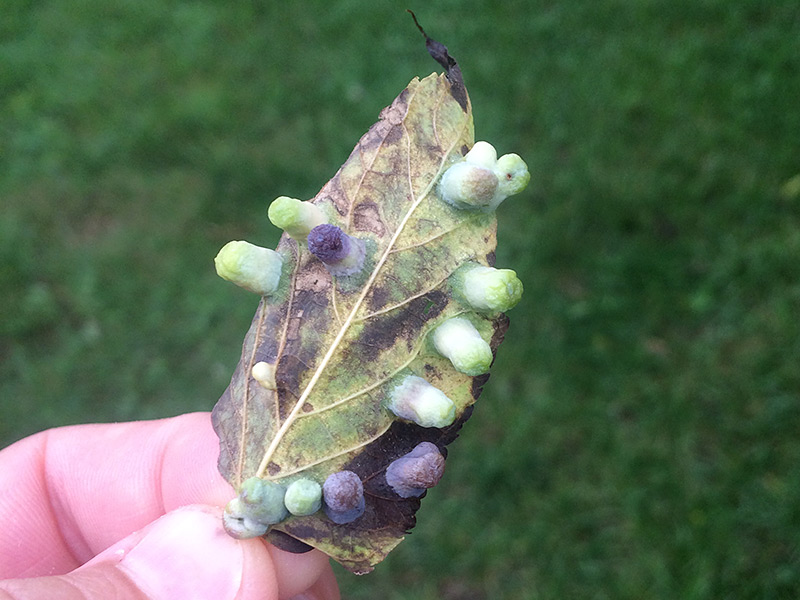
Many irregular growths on plants are referred to as “galls.” The plant reacts to a parasite ranging from bacteria to insects, increasing growth hormones. According to the University of Minnesota, “These plant hormones cause localized plant growth that can result in increases in cell size (hypertrophy) and/or cell number (hyperplasia).” The gall is a growth similar to a benign tumor or wart on an animal.
Galls can appear on leaves, stems, twigs, flowers, and buds. This appeared to be a leaf gall, one of the most common in the plant world. UofM summarizes leaf galls as “leaf curls, blisters, nipples, or erineums (hairy felt-like growths) on the upper or lower leaf surface.”
So, this gall growing on the underside of the leaf was a further clue to help Sherlock the situation. The situation seemed hopeful though because most galls are more of a cosmetic blemish than threatening to the health of a plant. Plus, unlike a young plant needing every bit of the nutrients it can collect, this huge hackberry was older and well settled.
Hackberry Gall Psyllids
Searching on The Internets, armed with the name of the tree and the knowledge of galls, eventually landed me on the Nebraska Extension in Lancaster County website. It seemed the culprit was the hackberry gall psyllid.
After overwintering beneath the bark of the tree, adult psyllids lay eggs on the new growth of spring leaves. When the egg hatches, the young insect begins to feed on the sap of the leaf. This action triggers the forming of the gall, enclosing the insect. The psyllid will remain protected as it feeds throughout the summer.
To Spray or Not to Spray
It depends on the homeowner or gardener as to how comfortable he or she is with the cosmetic alteration of the tree. It was comforting to Mrs. A to know the hackberry gall psyllid was not harming the tree. Because of the large size of the tree and the fact at this stage the galls protect the insects, a foliar spray would have been a waste of time and money. Spraying during spring when the nymphs are emerging would be an option, but the application would have to be repeated over several weeks, again resulting in a huge expense. There are insecticide drenches that can be mixed and applied at the base of the tree during the feeding period of sucking insects. This also is based on the size of the tree so may be impractical due to cost. That money could be put toward new plants! If it were up to this gardener, the tree is not being harmed so I would let nature handle it.
